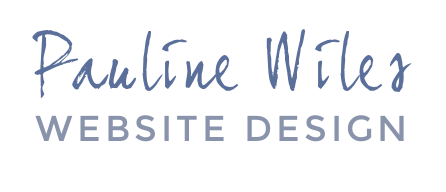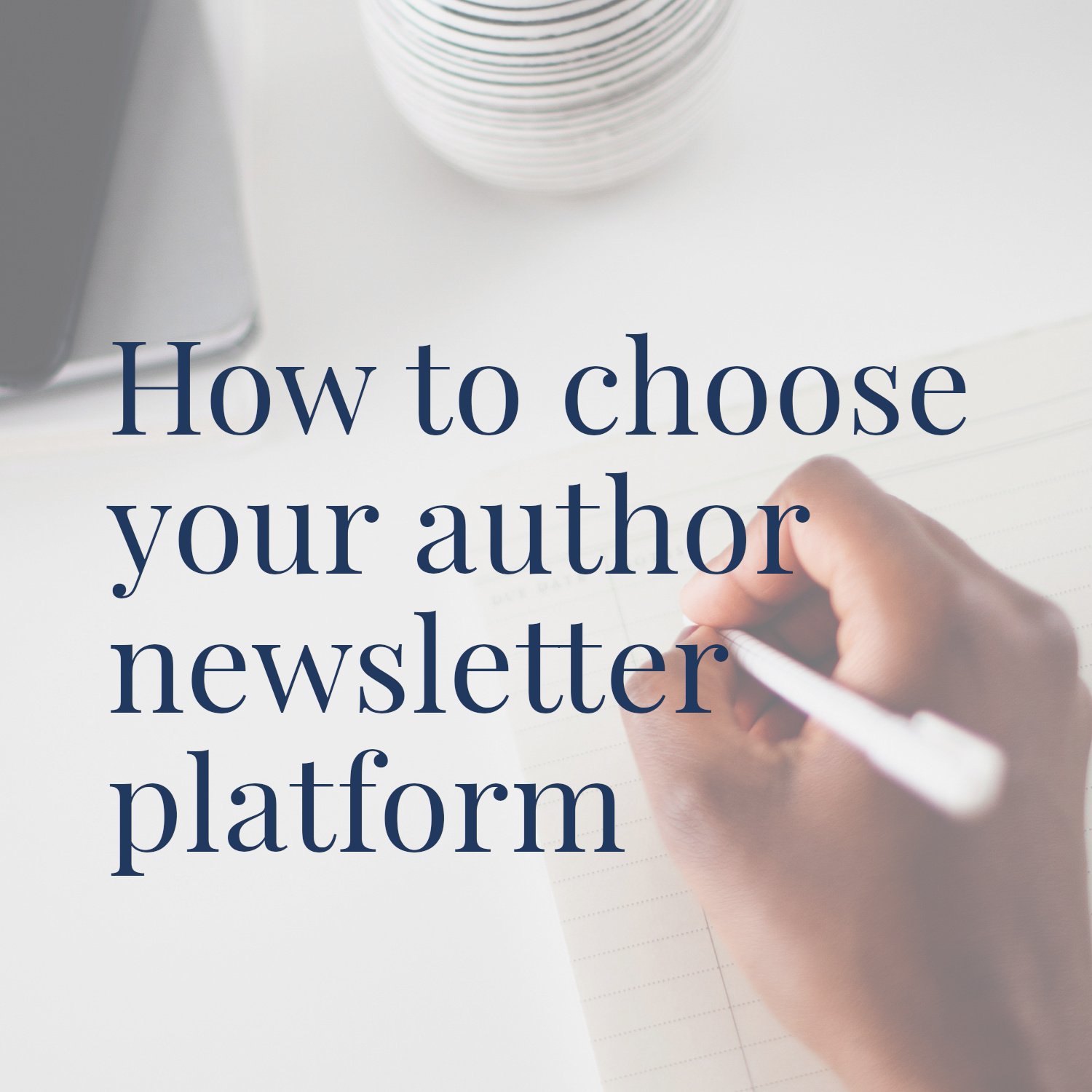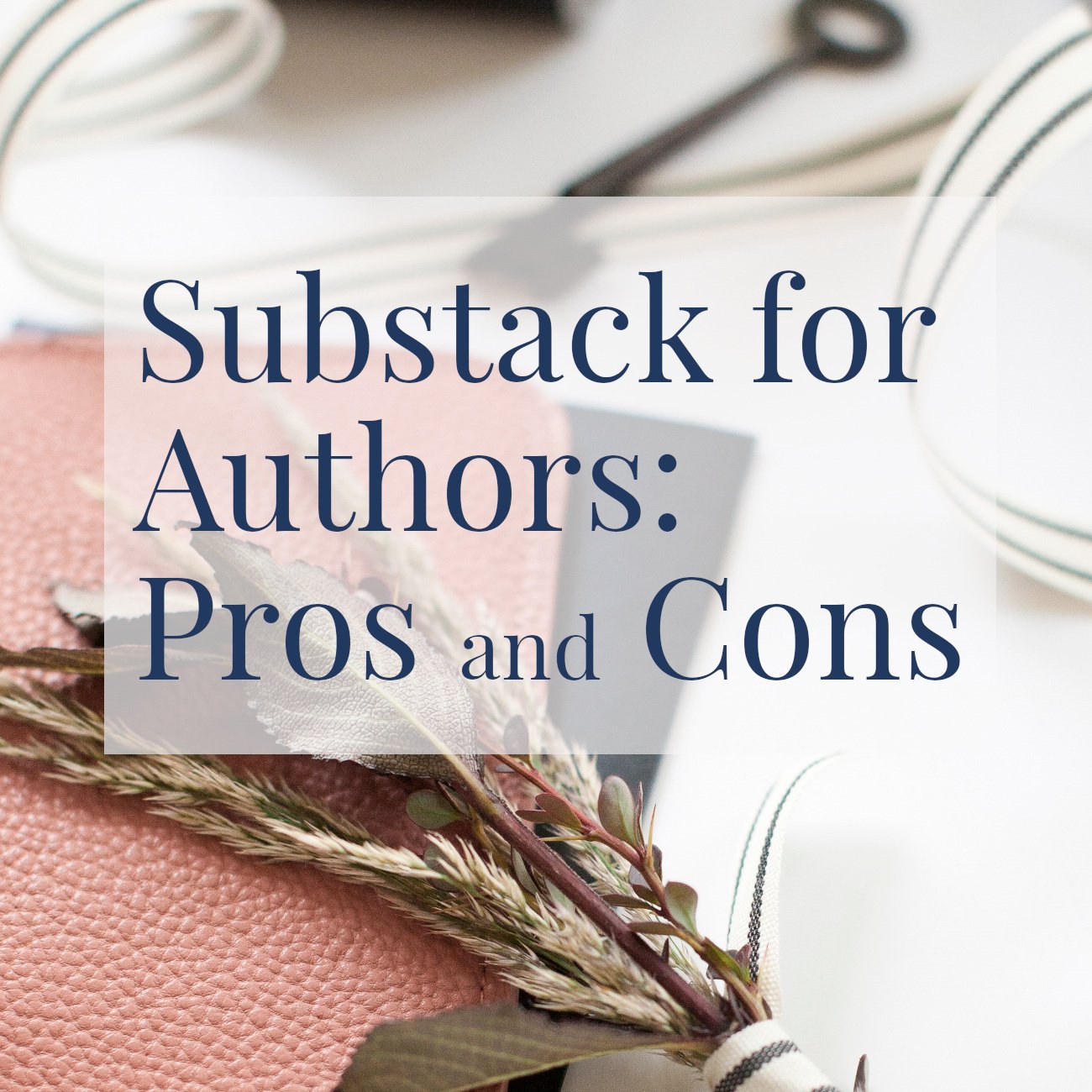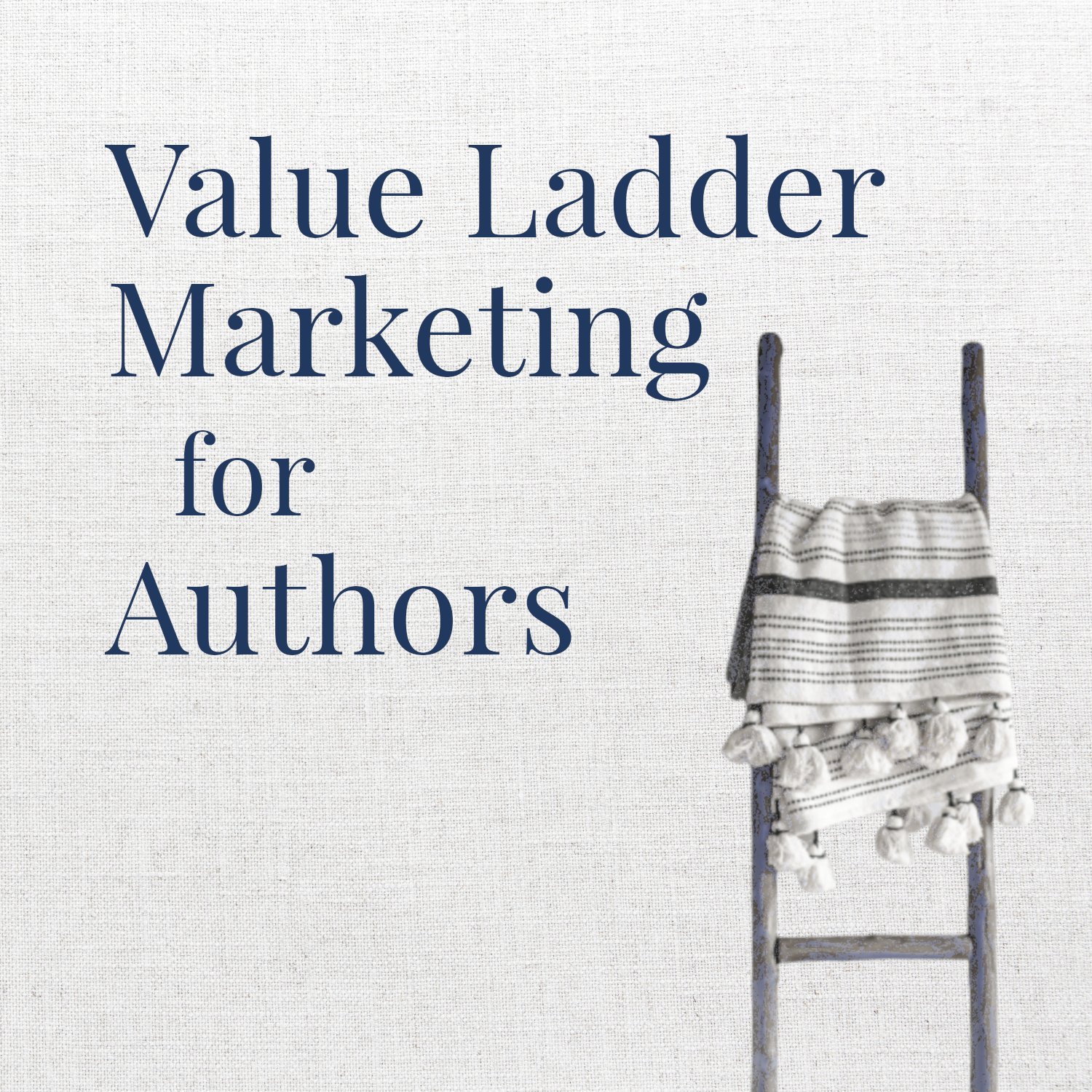Does an Author Still Need an Email List in 2024?
• This article contains affiliate links • Refreshed and updated, January 2024
As a writer these days, you have an incredible number of ways you can reach your ideal reader.
When thinking about how to build an author platform, a common question that still comes up is: should you build your own author email list?
Spoiler alert: yes, you should. Definitely.
"Email marketing is the No. 1 overlooked means of reader engagement for authors and publishers." — Jane Friedman
Even though social media, guest articles, podcast interviews, and book club visits are an excellent way to get noticed by new readers, none of these are a certain method for staying in touch with them and nurturing your relationship.
Assuming you plan to release more than one book in your career, or you’re doing anything at all to promote your current book, you'll sell more copies if you have a guaranteed way of notifying those who enjoy your work.
6 reasons you must have an author email list
Your email list gives you permission to send news and announcements directly to the inbox of those who have asked for updates.
When you have a new book, special offer, or author event, you have an instant, targeted audience to tell.
You own your list. You can move it from one email provider to another if you need to. Until someone unsubscribes, it’s both legal and ethical for you to send them messages.
It’s not difficult to set up an email list and you don’t need technical skills to do it.
You can get started with a basic email list for free. If you’d like more features, it’s still inexpensive. There’s no need for cost to be a barrier.
As part of your author platform, if you’re seeking an agent or publisher for your work, the size (or existence!) of your email list is an excellent way to demonstrate your professionalism and potential audience reach.
"And all the research shows that the closest connection we can have with the reader is by email. People flit and scroll through social posts but engage much more deeply with words and images that land in an inbox." — Alliance of Independent Authors
What stops authors from setting up an email list?
In my discussions with authors, I see the following worries getting in your way. Here’s how to overcome them:
You don’t know which email platform to choose
Quite simply, the best email tool for you is the one you’ll actually use.
For example, Mailchimp is popular but has a reputation for being confusing to navigate. ConvertKit is more expensive but beautifully simple. There are lots more options available too.
Essential reading: Check out my in-depth comparison guide of Mailchimp, MailerLite, ConvertKit, and Squarespace. It includes detailed advice on choosing the best for you and your author platform needs. And since Substack is currently super-hot, here are the pros and cons of Substack, too.
You worry you won’t gather more than a handful of subscribers
Relax. It’s a marathon, not a sprint. Everyone starts with a tiny number of folk on their author email list. And yes, in the beginning, you might know each of them personally! That’s okay. Your list will grow in time. Just like not being able to edit a blank page, you can’t grow a list if you don’t make a start.
Women’s fiction author Julie Valerie shared this piece of wisdom with me: if you worry your list is small, imagine inviting all those people over for dinner. Would it feel so tiny then? Think about your email list as real people in a room, and know that you’re building a small but important community.
You don’t know how to integrate the email list on your author website
Ideally, you’ll embed the sign up form for your email list on your website. But if you don’t know how to do this, don’t let that stop you from creating a list. Each of the big email list providers gives you a simple page where you can send people to sign up, if necessary.
(Tip: put this link on your website and send people there; don’t add a cumbersome sign up link to the back of your books, since it could change in future.)
A popup on your author website can also be really powerful.
Related: how to embed your Substack sign up form on your website
You’re daunted by sending a “regular” newsletter
First of all, even if you think of it as a “newsletter” in your own mind, please don’t call it that when you’re asking people to sign up!
Find out why you’re shooting yourself in the foot by calling it an author newsletter.
With that out of the way, break the connection in your mind between thinking that just because you have an email list, you must send a weekly (or monthly, or quarterly) communication. You don’t need to.
Ideally, yes, if you can send regular valuable updates to your list, it will serve you well. You’ll stay top of mind and your readers will think of you when asked to recommend authors.
"You don't want to set up a promise to email your readers on a schedule that you can't keep up. That breaks the “know, like, trust” chain you've so carefully cultivated." — Alliance of Independent Authors
However… if that feels overwhelming, or you can’t think of what you would possibly write, it’s perfectly fine to email your list only when you have something newsworthy to share. I’ve personally joined author email lists that promise only to email when a new book is released.
You have my permission to set your own frequency of mailing your list!
Related: I offer a low-cost Done for You Content Calendar for authors to solve your headache of what to write on social media, and when emailing your list.
You don’t have anything to offer as a lead magnet
A lead magnet, or reader magnet, is an excellent way to encourage visitors to join your email list. The most popular choice among established authors is a free ebook, but you can also offer a guide, checklist, or other resource related to your writing.
If you don’t have anything yet that you can use, you should still go ahead and set up your author email list. You can add an incentive later. I’ll be writing a future piece here with ideas for fun and effective reader lead magnets.
Overall, when thinking about how to build your author platform, aim to take it in stages so you don’t get overwhelmed.
Next steps, if you don’t yet have an author email list
Read this guide and choose the best email platform for your needs and preferences.
Sign up for an account at the provider of your choice.
a) Find or create the free page that allows you to gather email addresses from subscribers. Note the link. Or,
b) Find the short snippet of code to embed on your author website, and make a sign up form there.Add your sign up link to your email footer, Linktree page, bio, social media profiles, and more.
Remember, when inviting people to join, focus on the value for them. Don’t call it an author newsletter!
Later, when you’re ready, add a lead magnet or other incentive for a reader to sign up.
Also later, add an automatic welcome message (or sequence) to greet new subscribers.
•
Would you like me to design and build your author website + email integration?
When I build your author website, I’ll either set up a new email list for you, or integrate the one you’ve got. You’ll get my technical expertise, book marketing advice, and all of the implementation done for you.
After careful preparation together, I’ll design, build and launch your site in just 2 weeks. Learn more, and then schedule our free and friendly chat.
Other resources for an email list and author website that sell more books
Convertkit vs AWeber: which is better?
And for the essential steps in your website project, take a look at my free 50 Step Author Website Checklist.










